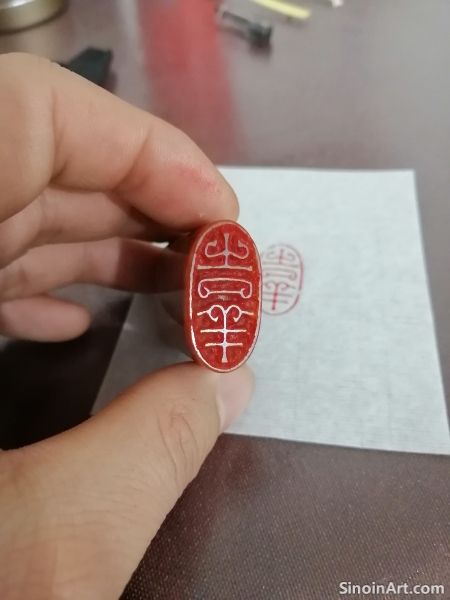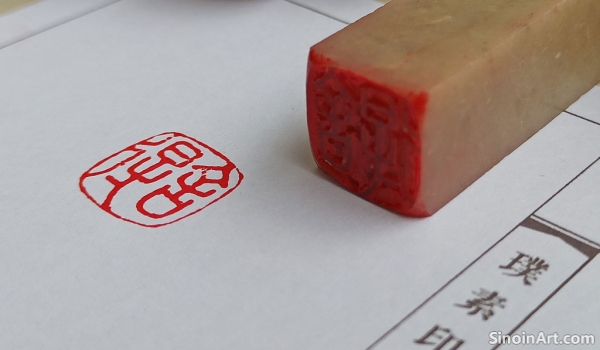The Calligraphy Connection: Scripts in Chinese Seal Design
|
Calligraphy and seal carving are inextricably linked in Chinese culture. The art of seal carving is not just about shaping materials; it's about crafting beautiful and meaningful characters. The script used on a seal is an integral part of its design and meaning. Understanding the different styles of Chinese calligraphy and their influence on seal carving is essential for appreciating the depth of this art form.  Several ancient script styles are commonly used in seal carving. The oldest is Seal Script (篆書, zhuanshu), which dates back to the Zhou Dynasty. This script is characterized by its elegant and symmetrical lines, often used in classical seals. Another common style is Clerical Script (隸書, lishu), which emerged during the Han Dynasty. Clerical script is known for its broader strokes and more rectangular shapes, making it adaptable for seal carving.  Different script styles often convey different connotations. Seal script is associated with tradition, formality, and antiquity. Clerical script has a slightly less formal feel, adding a more contemporary touch while still being rooted in history. The choice of script style often depends on the carver's preference and the intended use of the seal.  The carver must be skilled in both calligraphy and carving to effectively utilize these script styles. Understanding the proper proportions, spacing, and stroke order of each character is crucial. The skill of a seal carver lies in translating the beauty of calligraphy into carved stone. The combination of calligraphy and carving techniques can result in a rich and expressive art form. In modern seal carving, some artists are experimenting with new ways of using classical scripts or even incorporating modern font designs. They may use unconventional spacing or arrangements, creating a contemporary interpretation of the traditional art form. These experiments highlight the constant evolution of this ancient practice. |
Tag : seal script, Chinese calligraphy, zhuanshu, lishu, seal design scripts
Related information
- The Tools of the Trade: Seal Carving Equipment Explained
- The Ancient Art of Chinese Seal Carving
- The Role of Leisure Seals in Chinese Art and Literature
- Styles of Seal Carving: Exploring Regional and Artistic Differences
- Collecting Name Seals: Understanding Value, Rarity, and Provenance
Discover the specialized tools used in Chinese seal carving, from knives and chisels to files and brushes. Learn about their purpose and how they contribute to the creation of these miniature artworks.
Explore the ancient art of Chinese seal carving (zhuanke), a traditional practice combining calligraphy and carving. Learn about its history, techniques, and cultural significance.
This article explores how leisure seals are used in Chinese painting, calligraphy, and literary works, adding a personal touch, aesthetic dimension, and layer of cultural meaning to these art forms.
This article explores the various styles of Chinese seal carving, highlighting regional and historical differences from Qin and Han dynasties to styles of the Ming and Qing, emphasizing the diversity of the art form.
This article provides a guide to collecting Chinese name seals, discussing how to assess their value, understand their rarity, and research their provenance, with tips on how to avoid forgeries.